 (Gerry Furth-Sides) It literally was a “dark and stormy night” for the media preview of Masters of Taste 2019 this year. After a two-hour drive to the Rose Bowl, the excitement of the event started right at the gate where the chefs hailed us from their cooking in a temporary outdoor kitchen in a drizzling rain, and continued throughout the heart-warming event in the – surprise — men’s locker room, usually unavailable even to non-sports press, when rain forced the event indoors. I have not had this much fun since internationally famous jockey Lafite Pincay propelled me into the men’s locker room at Santa Anita Racetrack to show that even eating ice cream with me didn’t make the scale go higher.
(Gerry Furth-Sides) It literally was a “dark and stormy night” for the media preview of Masters of Taste 2019 this year. After a two-hour drive to the Rose Bowl, the excitement of the event started right at the gate where the chefs hailed us from their cooking in a temporary outdoor kitchen in a drizzling rain, and continued throughout the heart-warming event in the – surprise — men’s locker room, usually unavailable even to non-sports press, when rain forced the event indoors. I have not had this much fun since internationally famous jockey Lafite Pincay propelled me into the men’s locker room at Santa Anita Racetrack to show that even eating ice cream with me didn’t make the scale go higher. 
L.A.’s premier outdoor, luxury food and beverage festival takes place on Sunday,April 7th, 2019from 3:00 pm to 7:00 pm on the field of the Historic Pasadena Rose Bowl.
Masters of Taste 2019 is also introducing Chef Michael Hung as the event’s first-timeHost Chef. 2017 and 2018Masters of Taste Culinary Master. The chef told a moving story about how $40 separated him from being homeless after a fire in his San Francisco apartment. It was representative of the communal bond between the event participants on the presenting and receiving side. In the last three years Masters of Taste has raised over $1.5 Million in support of Union Station’s life-saving programs.
“I have been a participant in Masters of Taste for the past two years and it is spectacular. Cooking and serving people on the field of the Rose Bowl could be a once in a lifetime dream, but I have been lucky enough to get to do it for the past two years, and this year, the honor to be able to formally host the event,” says Hung. “And, while the festivities are amazing, what is most impressive is that Masters of Taste donates 100% of proceeds from this event to Union Station Homeless Services each year. Homelessness deserves our attention, focused work and finances, and Union Station Homeless Services and Masters of Taste are truly leaders in helping those who are in need.”
Chef Michael Hung’s illustrious career credentials include time spent with Traci Des Jardins’s James Beard Award-winning team at San Francisco’s Jardinière and overseeing the kitchen at Roland Passot’s Michelin-starred La Folie. Chef Hung then left San Francisco to open the local and nationally acclaimed Faith & Flower in Downtown Los Angeles (still) under his leadership before he moved on to Viviane in the Avalon Hotel Los Angeles and then his own company Ardour Hospitality
The evening featured a festive Fat Tuesday menu of the top chefs, Hung, Chef Sammy Monsour of Preux & Proper; Chef Jonathan Aviles of Salazar, Chef Jon Hung, The Raymond 1886. Sweets were served by Lark Cake Shop and Mignon Chocolate (see below). Beverage Masters included East Imperial; San Fernando Brewing Company, San Simeon Wines and Ventura Spirits.
Masters of Taste2018 attracted nearly 2,800 guests and garnered media attention throughout Southern California and beyond. Masters of Taste 2019 features the finest fare from over 45 Master Chefs including returning Culinary Masters Chef Erwin Tjahyadi (Bone Kettle), Chef Kyle Johnson(Bourbon Steak), Chef Calogero Drago (Celestino Ristorante), 2019 Host Chef Michael Hung (Faith & Flower) and Chef Lee Hau Fu (Lunasia Dim Sum House) just to name a few. L.A.’s top Sweet Masters, signature handcrafted cocktails and tastings from over 40 Beverage Masters complete the list with spirit brands and bars, a premier 50 yard-line cocktail bar featuring four of L.A.’s most distinguished drinking destinations and their Master Mixologists, select wineries, local craft breweries, live entertainment and much, much more.
 100% of the proceeds from Masters of Taste2019 will directly benefit Union Station Homeless Services, a 501(c)(3) nonprofit organization committed to helping homeless men, women and children rebuild their lives. Union Station is part of a premier group of human services agencies in L.A. County that are leading the way to end homelessness in our community. Services include street outreach, meals, shelter, housing, case management and career development.
100% of the proceeds from Masters of Taste2019 will directly benefit Union Station Homeless Services, a 501(c)(3) nonprofit organization committed to helping homeless men, women and children rebuild their lives. Union Station is part of a premier group of human services agencies in L.A. County that are leading the way to end homelessness in our community. Services include street outreach, meals, shelter, housing, case management and career development.

Ticket Information: Masters of Taste 2019 will take place on Sunday, April 7th, 2019 and is a 21+ event. VIP Power Hour runs from 3:00 pm to 4:00 pm. General Admission from 4:00 pm to 7:00 pm. For more information on Masters of Taste 2019, please visit www.MastersofTasteLA.com.















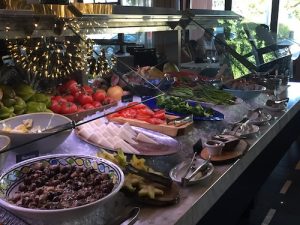

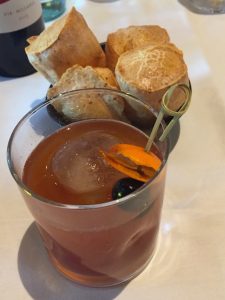

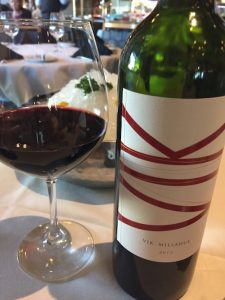

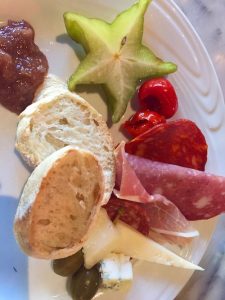


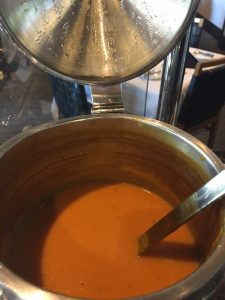

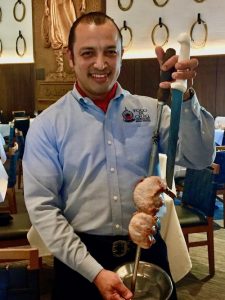
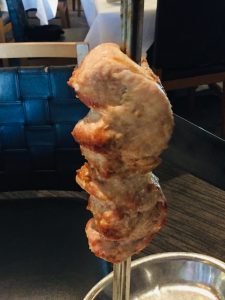






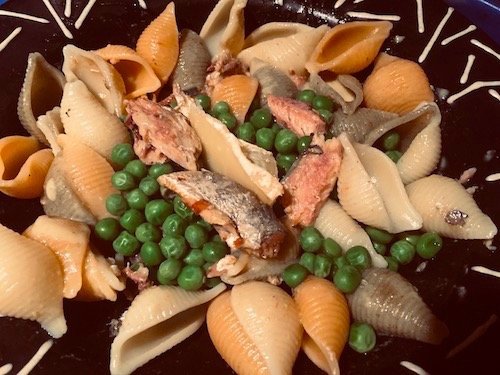
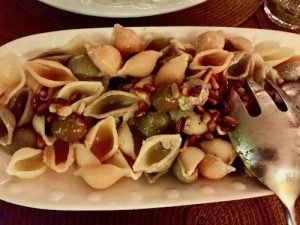
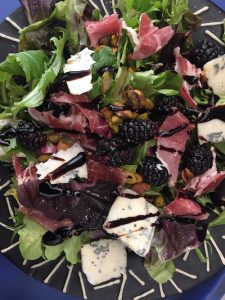
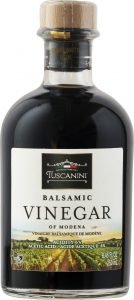

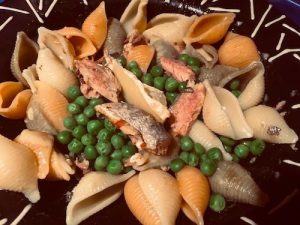
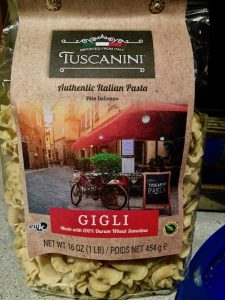


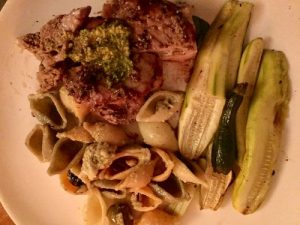
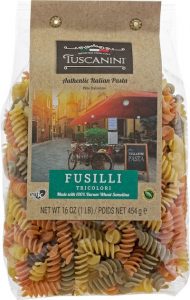

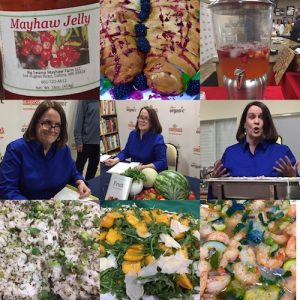


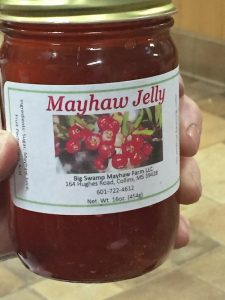
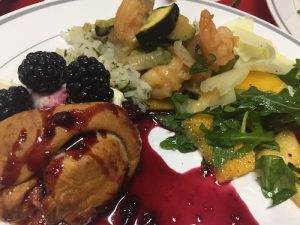

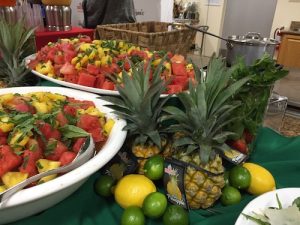
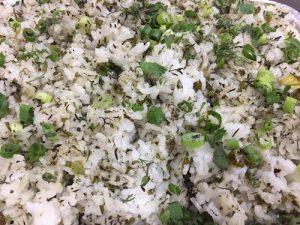


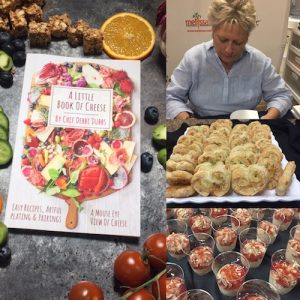



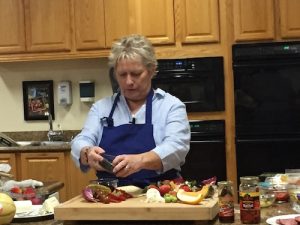
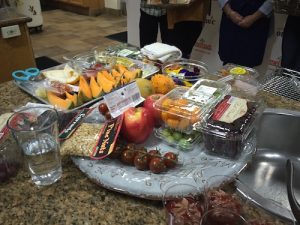
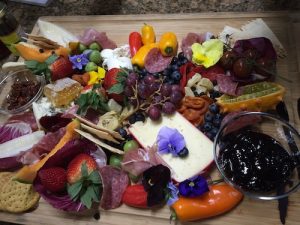

















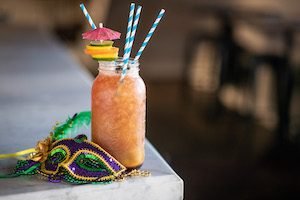


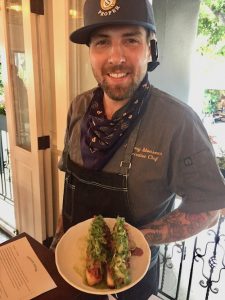


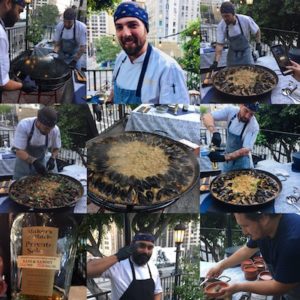





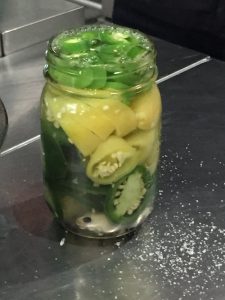






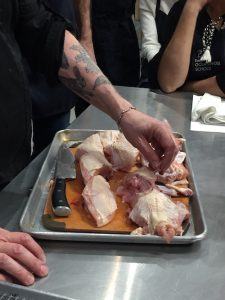




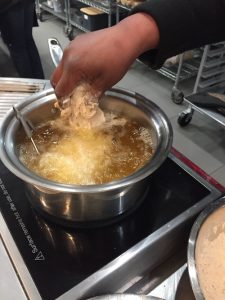

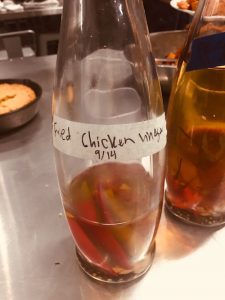





 Gerry Furth-Sides
Gerry Furth-Sides  Barbara Hansen
Barbara Hansen  Chef-owner Alain Cohen
Chef-owner Alain Cohen  Roberta Deen
Roberta Deen  Jose Martinez
Jose Martinez  Nivedita Basu
Nivedita Basu